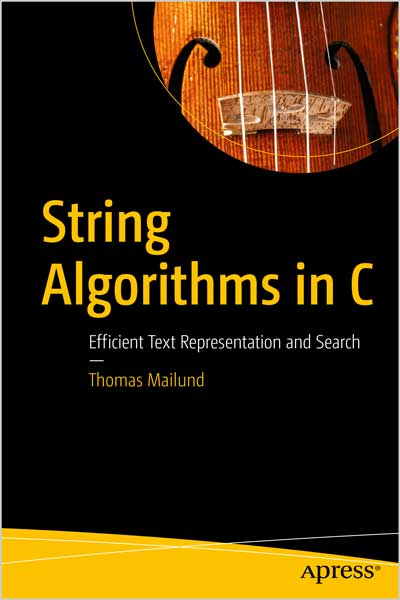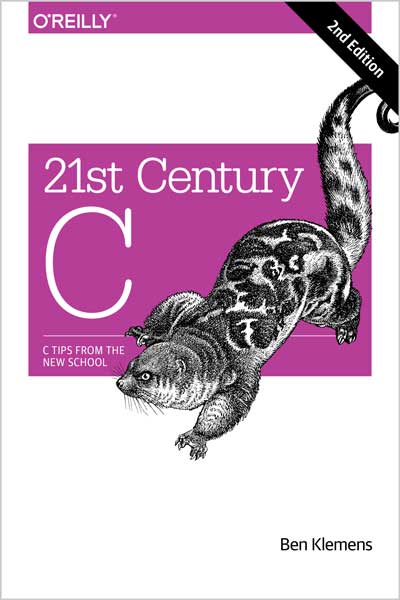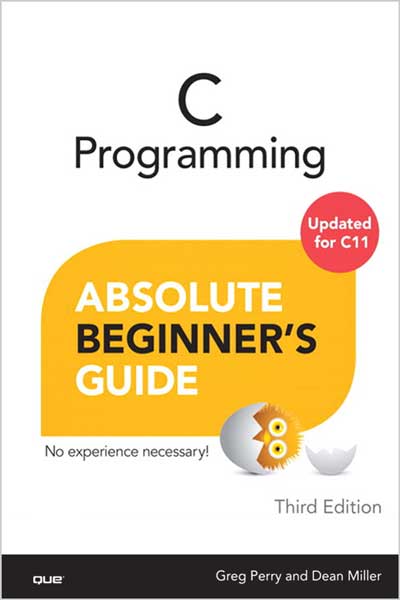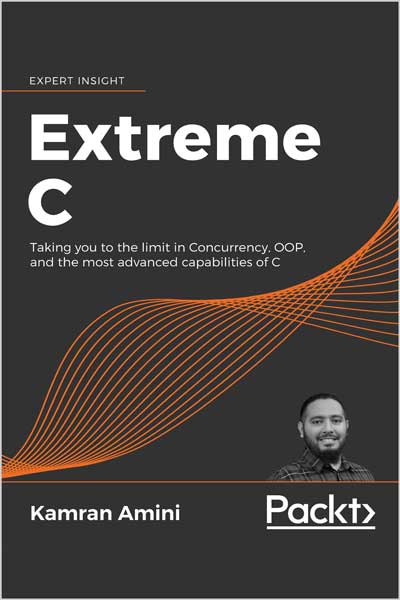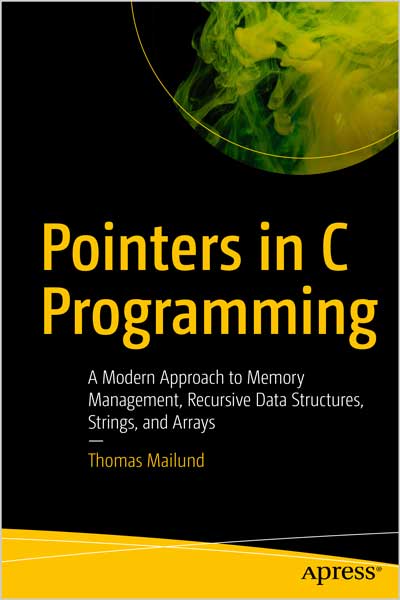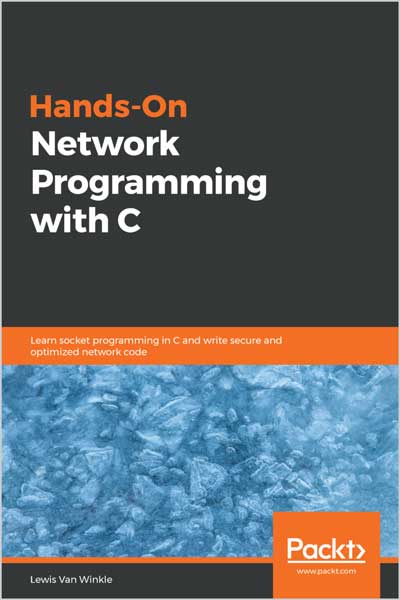A Brain-Friendly Guide
David Grifiths, Dawn Grifiths
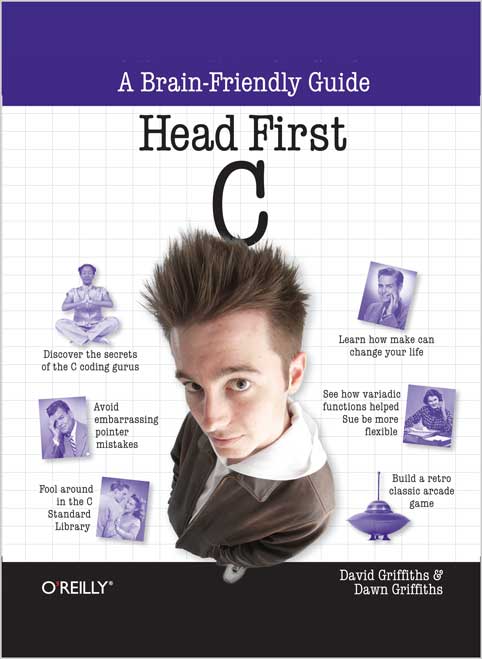
#Head_First
#C_programming
#network
#Arduino
#OpenCV
Ever wished there was an easier way to learn C from a book? Head First C is a complete learning experience that will show you how to create programs in the C language. This book helps you learn the C language with a unique method that goes beyond syntax and how-to manuals and helps you understand how to be a great programmer. You'll learn key areas such as language basics, pointers and pointer arithmetic, and dynamic memory management, and with advanced topics such as multi-threading and network programming, Head First C can be used as an accessible text book for a college-level course.
Also, like a college course, the book features labs: projects intended to stretch your abilities, test your new skills, and build confidence. You'll go beyond the basics of the language and learn how to use the compiler, the make tool and the archiver to tackle real-world problems.
We think your time is too valuable to waste struggling with new concepts. Using the latest research in cognitive science and learning theory to craft a multi-sensory learning experience, Head First C uses a visually rich format designed for the way your brain works, not a text-heavy approach that puts you to sleep.
Table of Contents
Chapter 1: Getting Started with C: Diving in
Chapter 2: Memory and Pointers: What are you pointing at?
Chapter 2.5: Strings: String theory
Chapter 3: Creating Small Tools: Do one thing and do it well
Chapter 4: Using Multiple Source Files: Break it down, build it up
C lab 1: Arduino
Chapter 5: Structs, Unions, and Bitfields: Roll your own structures
Chapter 6: Data Structures and Dynamic Memory: Building bridges
Chapter 7: Advanced Functions: Turn your funct ions up to 11
Chapter 8: Static and Dynamic libraries: Hot-swappable code
C lab 2: OpenCV
Chapter 9: Processes and System Calls: Breaking boundaries
Chapter 10: Interprocess Communication: It's good to talk
Chapter 11: Sockets and Networking: There's no place like 127.0.0.1
Chapter 12: Threads: It's a parallel world
C lab 3: Blasteroids
Appendix i: Leftovers: The top ten things (we didn't cover)
Appendix ii: C Topics: Revision roundup
About the Author
David Griffiths began programming at age 12, after being inspired by a documentary on the work of Seymour Papert. At age 15 he wrote an implementation of Papert's computer language LOGO. After studying Pure Mathematics at University, he began writing code for computers and magazine articles for humans and he is currently an agile coach with Exoftware in the UK, helping people to create simpler, more valuable software. He spends his free time traveling and time with his lovely wife, Dawn.
Dawn Griffiths started life as a mathematician at a top UK university where she was awarded a First-Class Honours degree in Mathematics. She went on to pursue a career in software development, and has over 15 years experience working in the IT industry. Dawn has written several books, including Head First C, Head First Statistics and Head First 2D Geometry.
